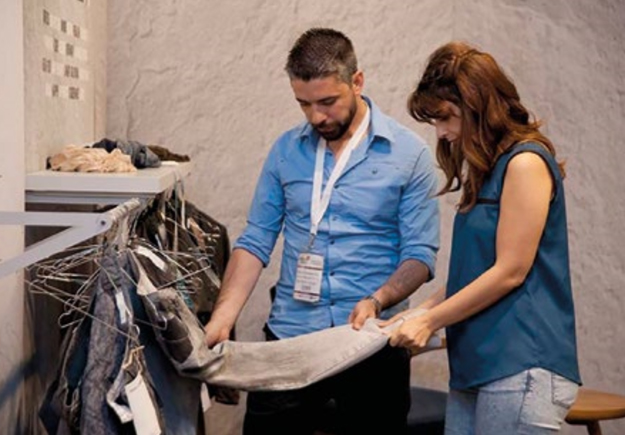
Margaritaria nobilis, which is a South American tropical fruit, plays a role in the diet of many birds in Central and South America.
Unfortunately, its fruit is not very nutritious, but its vivid color fools birds into eating (and spreading the seed) the fruit.Cells on the skin of the seed have a curved, repeating pattern that interferes with light waves and creates colors, much like the bright colors which can be seen in soap bubbles.
Recently, materials scientists at Harvard University and the University of Exeter have invented a new class of polymer fibers. By combining the vital structural elements of the plant with an elastic material, scientists made a fiber that could be stretched into various different colors. If an unstretched fiber , for example, has a red color, stretching the fiber will change its color to orange, yellow, green, and then finally blue. Other optical effects occur in theses new fibers, based on the same principle, such that if you apply pressure perpendicular to the fibers to compress them, two things happen. One is that their color in the direction of the pressure moves toward the blue. On the sides, however, the structural deformation changes the color perpendicular to the pressure toward the red.
According to the researchers, the production process developed is easily scalable to the industrial level. It seems that the fibers can be utilized as an easy visual indicator of mechanical stress for different applications which may go too far to even be unforeseen by their creators.





